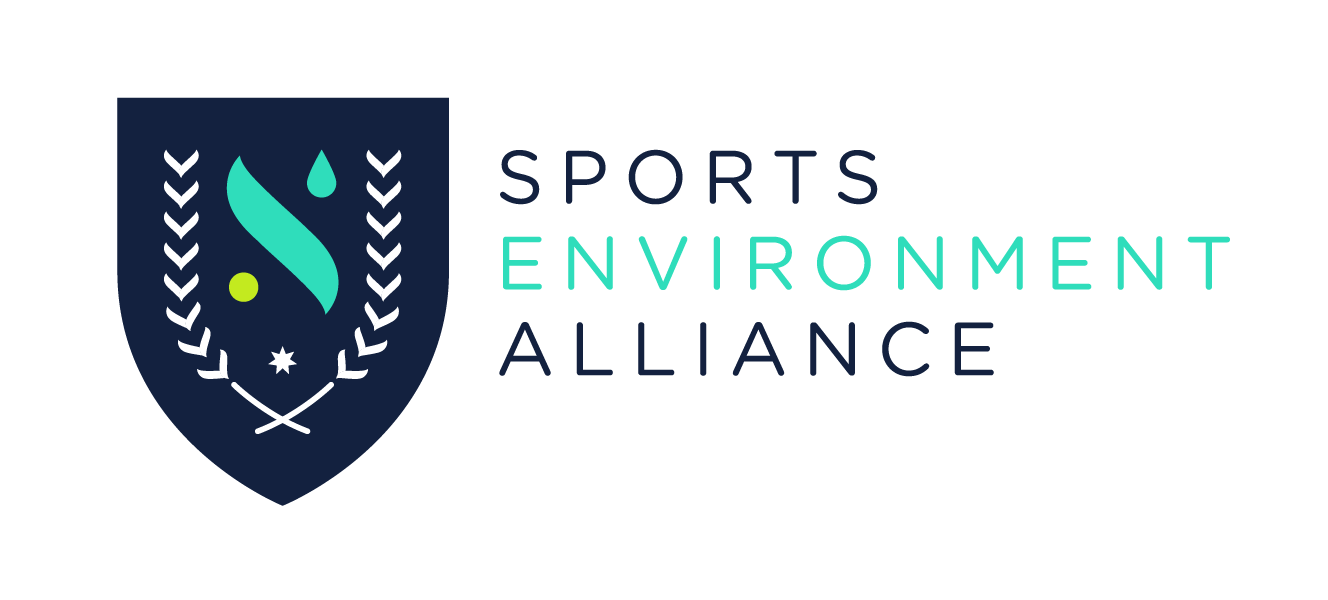Clearing another hurdle at the Arctic Winter Games
Indigenous communities are uniting in Alaska to compete in centuries-old sports and keep traditions alive during the "the Olympics of the North".
Since the first Arctic Winter Games in Yellowknife, Alaska, in 1970, the competition – which was nearly cancelled altogether after Covid – has allowed athletes to keep their northern traditions alive through extreme conditions, isolation and colonisation.
But the traditions in Canada's Northwest Territories, Yukon, Nunavut, Nunavik-Quebec and Alberta North; Kalaallit Nunaat (Greenland); the Sápmi region encompassing the northern parts of Finland, Norway and Sweden; and the Yamal delegation of Russia (sitting out this year) are arguably at greater risk than ever before.
Keeping the games is crucial to maintaining collective social identity and communicating traditional culture and values to future generations," said @Robert Thomsen, associate professor of @Arctic Studies at Aalborg University in Denmark, who's researching the social and environmental sustainability of the Arctic Winter Games.
The Arctic has been warming four times faster than the rest of the planet and summers here could be sea-ice free by 2030. More temperate, rainier weather is threatening subsistence living and traditions of northern people. Western Alaska, for example, is facing the collapse of salmon fishing runs, according to the US National Oceanic and Atmospheric Administration.
Already, climate change has phased out northern outdoor sports like dog mushing, last played at the Arctic Winter Games in 2018; and impacted traditional sports like speed skating and skiing, forcing snowmaking for the first time ever at a ski resort in the most northern town in the world, Longyearbyen in Norway.

